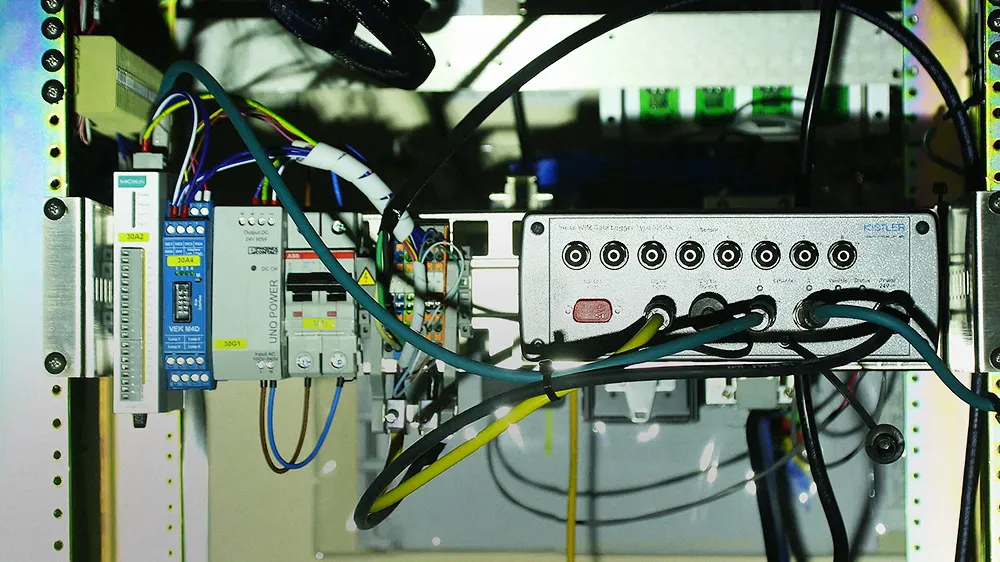
According to Daktronics, transportation agencies now have the ability to show alternate character and background colours such as black alphanumeric text on a white background on a single line display. With the sign’s HRFC capabilities, users can also match the background colour of the display message to the static signage in compliance with MUTCD (Manual of Uniform Traffic Control Displays) standards.
Available in standard character heights of 12" or 18", the displays are best suited to applications requiring high occupancy tolling, travel time or advisory messages. With a majority of the electronic equipment housed in a roadside cabinet for easy maintenance, the VM-1020 Series combines capability with functionality in an easy to use display system.
Mike Weinberg, Transportation Product Manager, commented, "We're dedicated to meeting the needs of our customers by offering new products allowing agencies to meet their objectives of safe and effective traffic management on their roadways. We're pleased to add another choice to our transportation product offering with the addition of a full-colour embedded dynamic message sign."









